One of the most common reasons great photographs are rejected from commercial Licensing boils down to one simple fact: the images are too similar to each other. There are a few explanations about why this might happen. Maybe you didn’t get enough variety while on location, and you got home to find all your photos looked the same. Or maybe you didn’t cull and curate before you uploaded and ended up submitting every single photo from a shoot.
Luckily, both of these mistakes are easy to avoid. In this guide, we’ll share seven tips for creating, curating, and editing a marketable Licensing portfolio, while also boosting your acceptance rate. Implement these steps for a more creative approach, a more efficient workflow, and a more polished and professional image collection.
Build a shot list
Creating a shot list is the first step in a successful commercial shoot, and it forces you to separate the “must-have” shots from the “nice-to-haves.” Usually, you only have a limited time on location with your models, so the list is there to keep you on schedule. Your shot list will also set the tone for your session; remember to include some variety in terms of wardrobe, lighting, backgrounds, location, activities, and more. The more diversity you have within your shot list, the better.
At the same time, a shot list motivates you to prioritize the most important parts of the shoot, while also encouraging you to stay on track and not get stuck on one idea if it isn’t working. The best shot lists aren’t prescriptive; you can improvise and generate new ideas during the session, but it’s a helpful reminder of your key goals for the day. Share it with your models so they know what to expect.
Tell the whole story
To avoid overshooting a particular scenario and ending up with too many similar shots, include various actions and ideas within your shot list. The 500px team uses a gardening-themed shoot as an example: if you’re photographing a family planting vegetables, you could document every step of the process, from buying seeds to preparing the soil, planning a layout, gathering tools, weeding, watering, harvesting, and eating. “This approach gives you diverse content and deters you from staying in the same location or angle by default,” the team at 500px says.
Change your perspective
The 500pxteam also recommends photographing every action from a variety of perspectives and angles; moving around on set encourages you to steer clear of repetitive shots. “It helps to shoot each action wide and then move in closer,” the team at 500px urges. You can use a variety of lenses to capture different angles, and you can include those details in your shot list as well.
Capture environmental shots with plenty of negative space (preferably, to the left of your subject), and then zoom in on the tiny details, like your model’s hands planting those seeds. Think about how to highlight different relationships between friends, family members, and companion animals. How can you pair your models for more range and variety?
Include pictures with your model’s faces, and then try some “anonymous” ones where the audience can imagine themselves in the subject’s shoes. “Consider models looking away from the camera or creative shots with an over-the-shoulder or first-person view,” the 500px team suggests.
Cull first, then edit
Ideally, you’ll only spend time editing a fraction of the images you got on location, so be ruthless in your selections. It can help to try the classic “thumbnail test”: if two or more pictures aren’t immediately and recognizably different at thumbnail size, they’re too similar. Choose the best of the bunch.
It can also help to refer back to your shot list at this point; what were your most important ideas going in, and which of those were most successful? Composition is equally important. “Consider a mix of shots that are wide and cropped,” the team at 500px urges.
Properly keywording and organizing your images will make the culling and editing process run more smoothly, especially when you’re dealing with thousands of files, so consider investing in a photo management tool like Adobe Lightroom, Capture One, or ACDSee Photo Studio. All of these also allow you to assign rankings to your images so you know what made the final cut.
Only submit the best of each shoot
Although you’ve already culled during the editing phase, remember to give your photos a second pass while submitting them to Licensing. When viewing the work another time, through fresh eyes, you’ll be better able to identify the strongest images and those that feel repetitive or similar. One issue that comes with submitting similar photos is that the 500px team will make a judgment call on which one to keep, and the others won’t be accepted, meaning you run the risk of having your favorite image rejected.
Luckily, this problem can be avoided through another round of editing. One thing to consider is the commercial potential of each image; you might have your personal favorites, but what you’re really looking for is what will appeal to a variety of clients. If you can imagine one photo on a website, printed advertising campaign, or billboard more easily than the rest—say, for example, because it has lots of copy space, uses eye-catching color, or captures an emotion or feeling that resonates—then that’s your winner.
“If you have 100-plus images from the same shoot on your profile, your audience may not be inclined to scroll down through all of those images,” the 500px team says. “Uploading your best shots from each of your shoots, on the other hand, gives your audience a taste of what you can offer and shows your true talent. Consider shots that show off your skills, whether it’s glowy backlighting or dynamic motion.”
Keep it cohesive
To some extent, Licensing is a numbers game: the more high-quality photos you have, the higher your sales potential. But that doesn’t mean you have to upload every image from every shoot. Your portfolio is, in many ways, like your storefront: image buyers should be able to look at it right away and understand your vision. That vision can center around your style (colors, lighting, and aesthetics) or common themes you illustrate, such as sustainability or health and wellness.
For that reason, you want all the images that make it into your portfolio to reflect who you are as a commercial photographer; if something doesn’t fit your brand or doesn’t seem to belong in your larger collection, you don’t have to include it. “Consider how all the shots relate to each other when they are uploaded into your profile,” the team at 500px advises. “You can upload and arrange your content in a way that is more visually appealing or has a natural flow.”
Mix it up
While cohesion is important, so is versatility. Feel free to experiment with new techniques, genres, and ideas. In commercial photography, you aren’t limited to one way of working (e.g., in the studio versus on location), and you’re not restricted to just one category. You can shoot lifestyle, still lifes, portraits, landscapes—you name it—while still developing and maintaining your unique voice and perspective.
One thing buyers will look for when browsing your portfolio is your range—or your ability to adapt and expand. “Showcasing diversity across your portfolio can keep people scrolling longer,” the 500px team explains. Lean into your unique skill set, whether it’s colorful studio lighting or natural, authentic-feeling images, but also experiment with concepts that might be outside of your comfort zone. You could surprise yourself—and keep your buyers engaged over the long term.
Not on 500px yet? Click here to learn about Licensing with 500px.


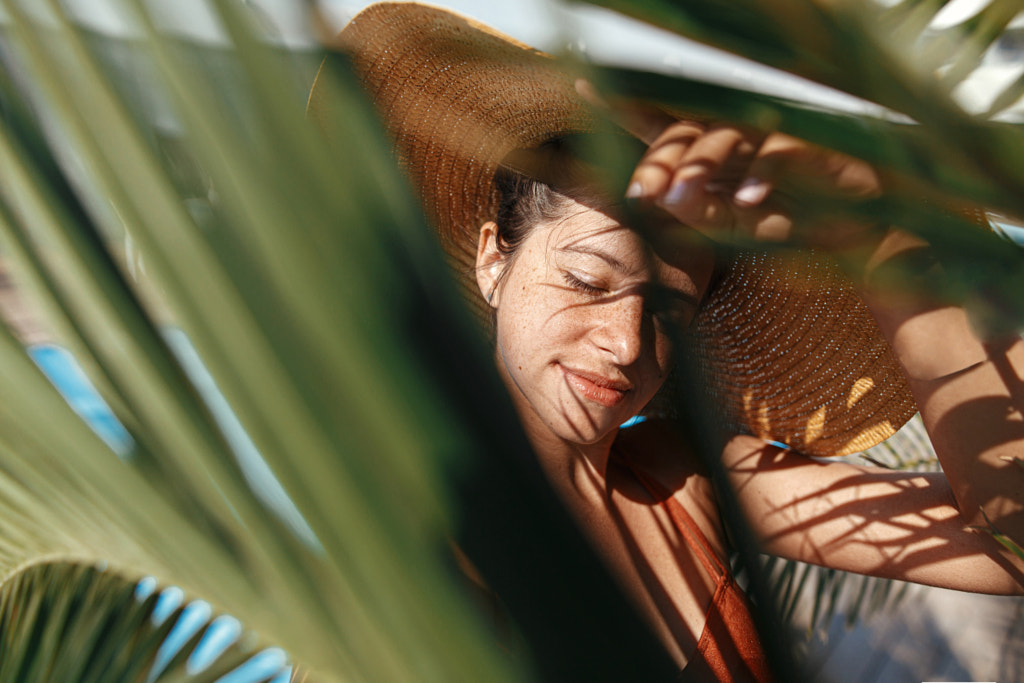
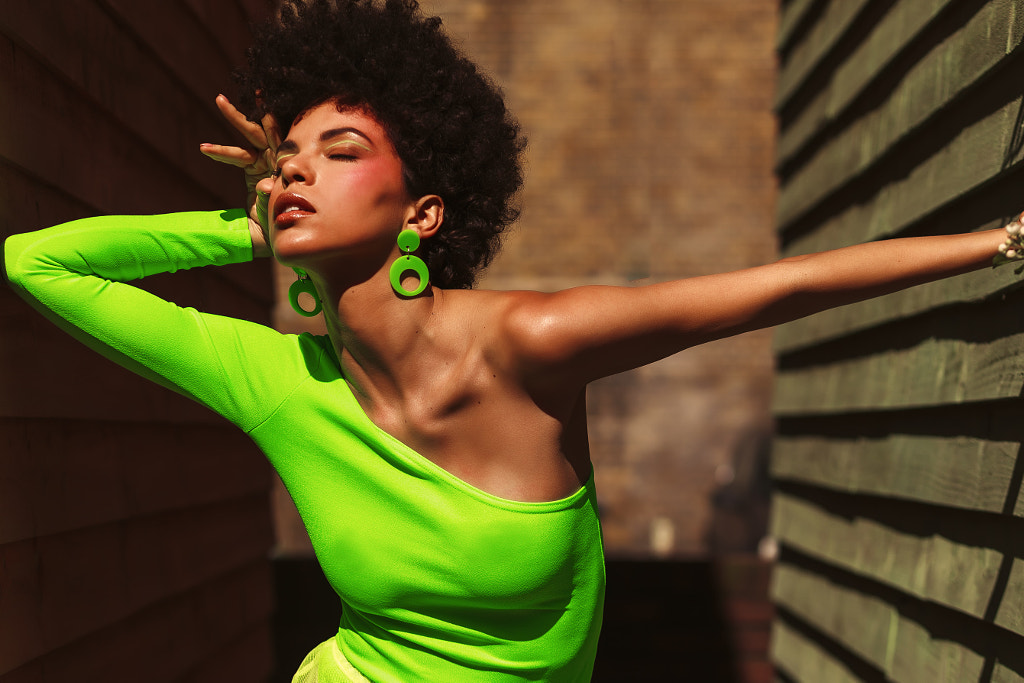
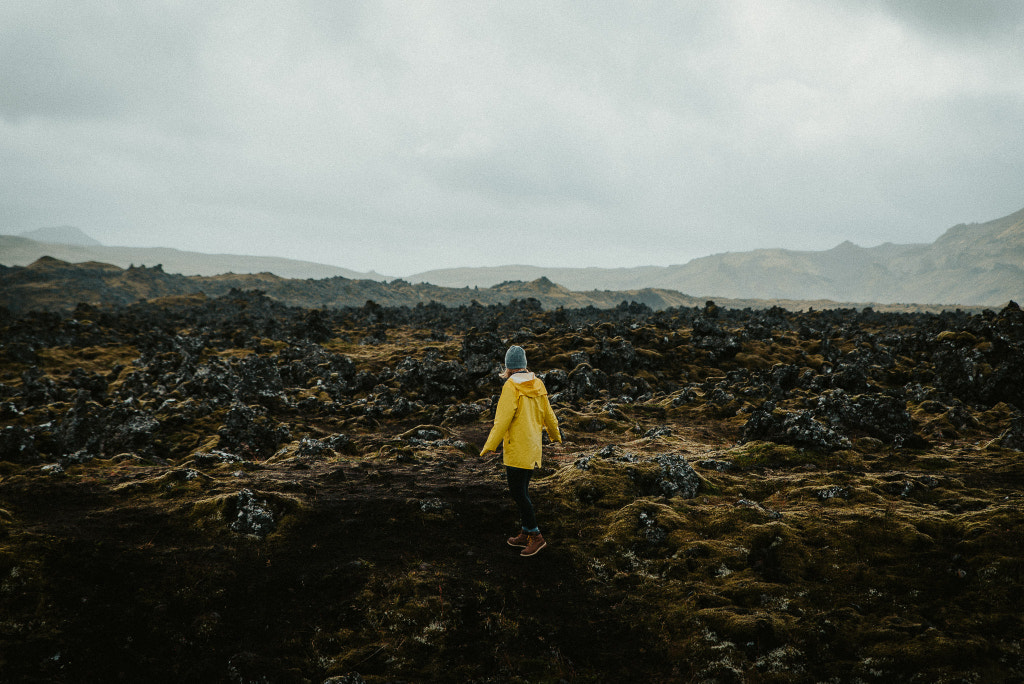

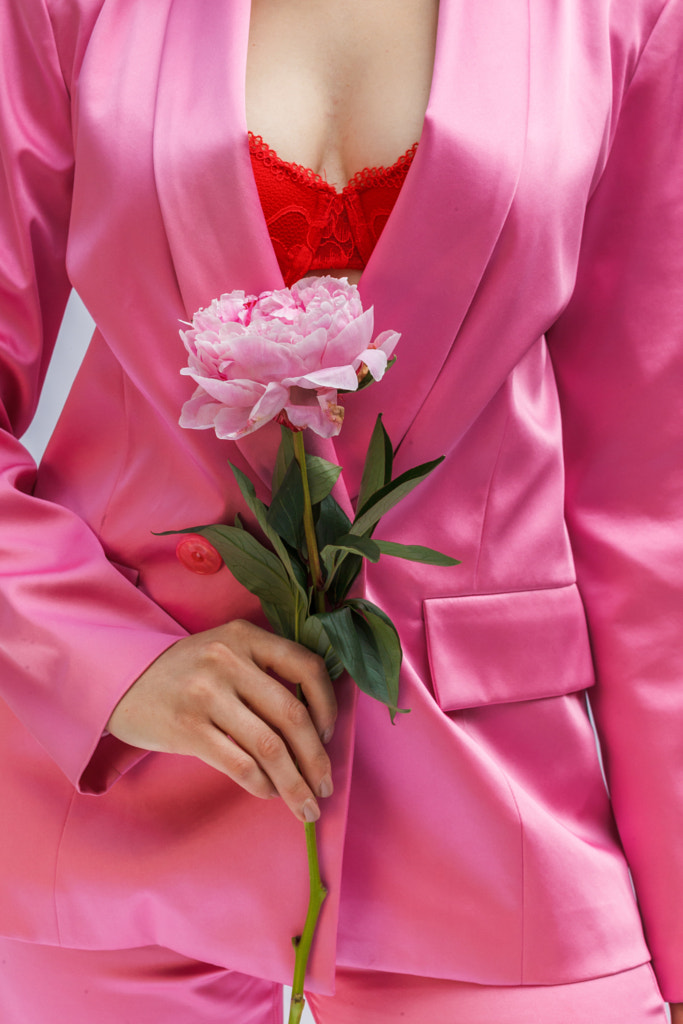
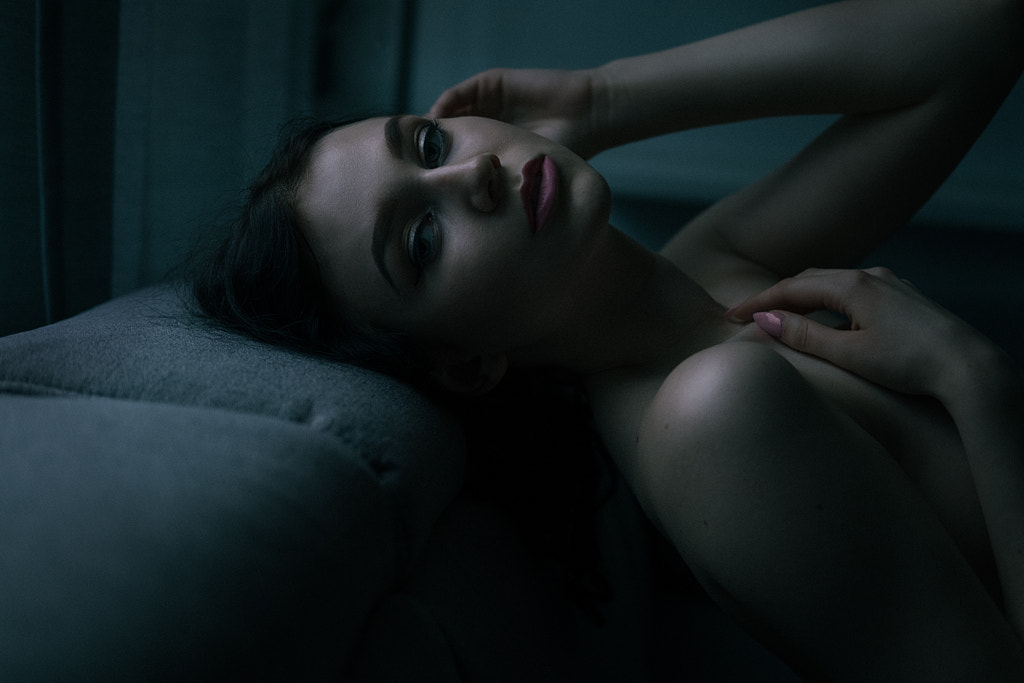
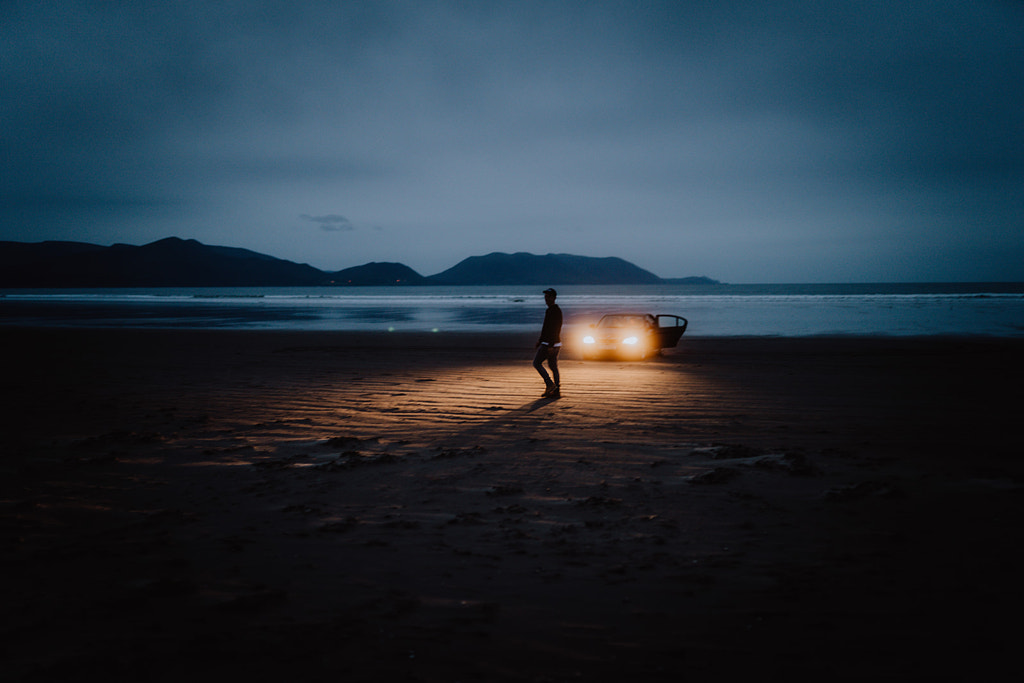
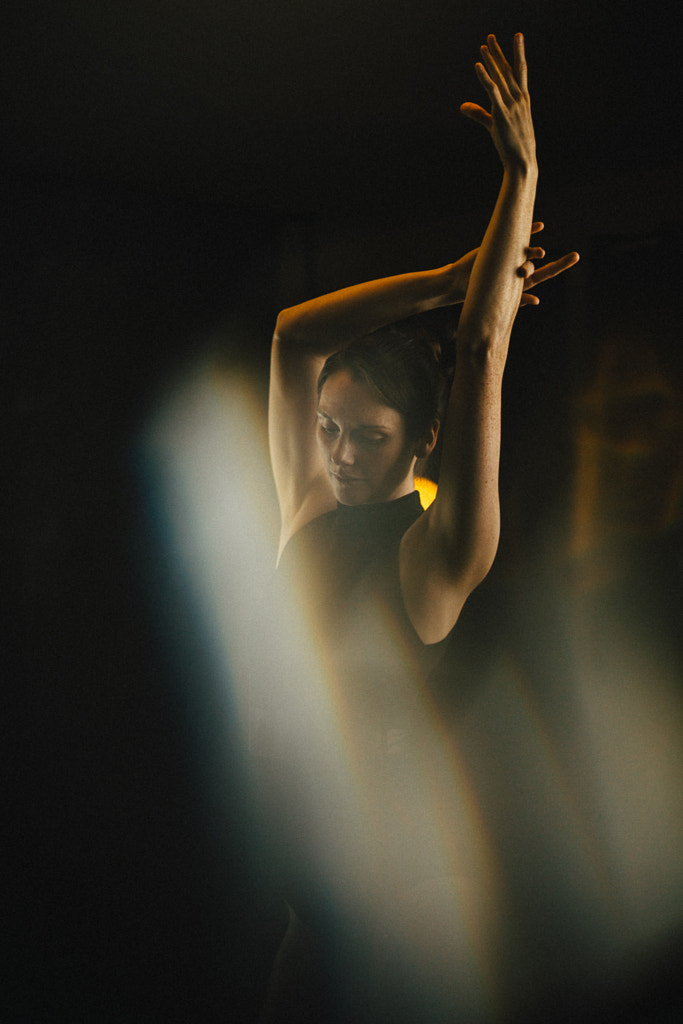
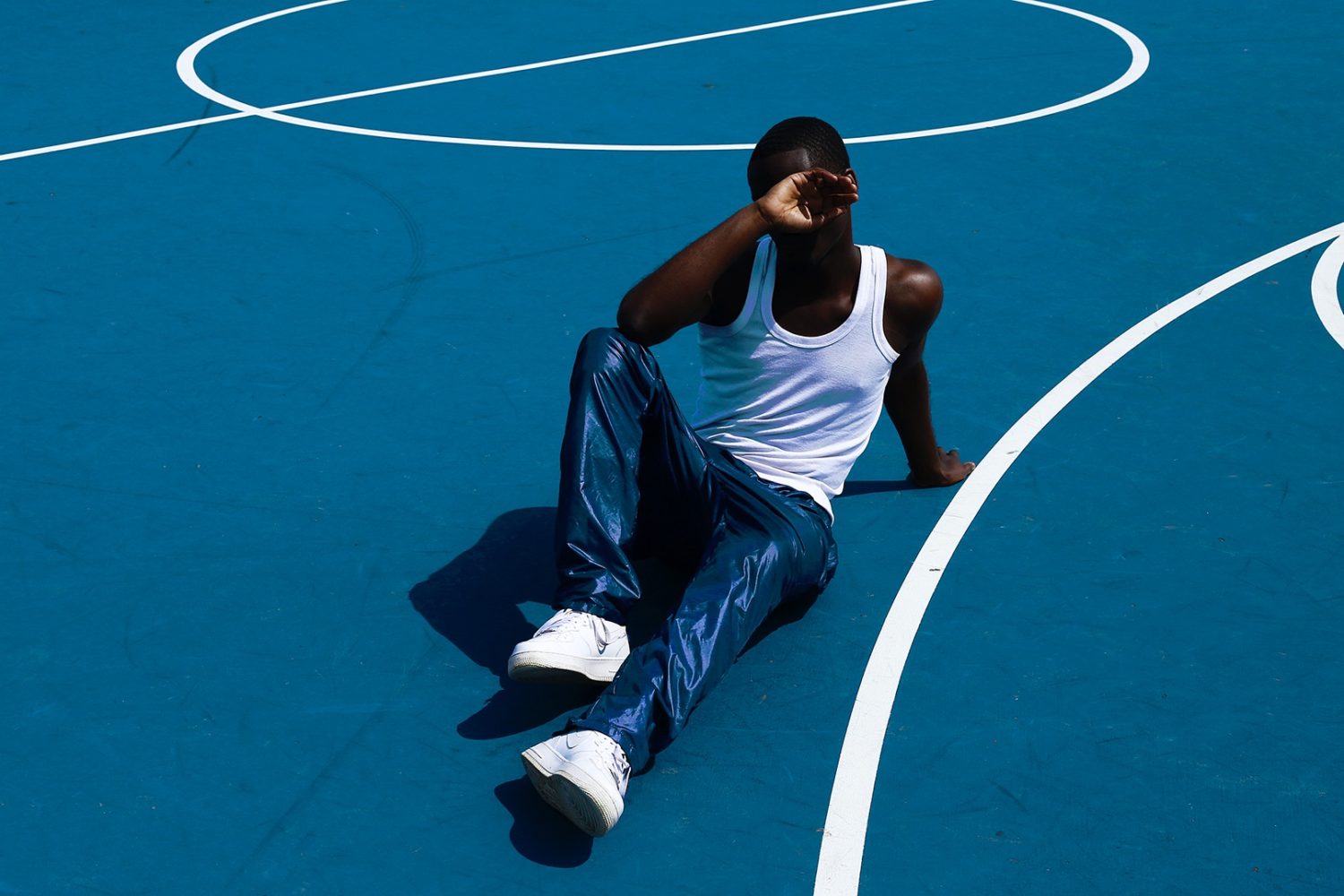
![[Photo Keywording Tips] How to add effective keywords to help your photos get discovered](https://iso.500px.com/wp-content/uploads/2014/10/500px_blog_photo_keywording_tips-1500x1000.jpg)

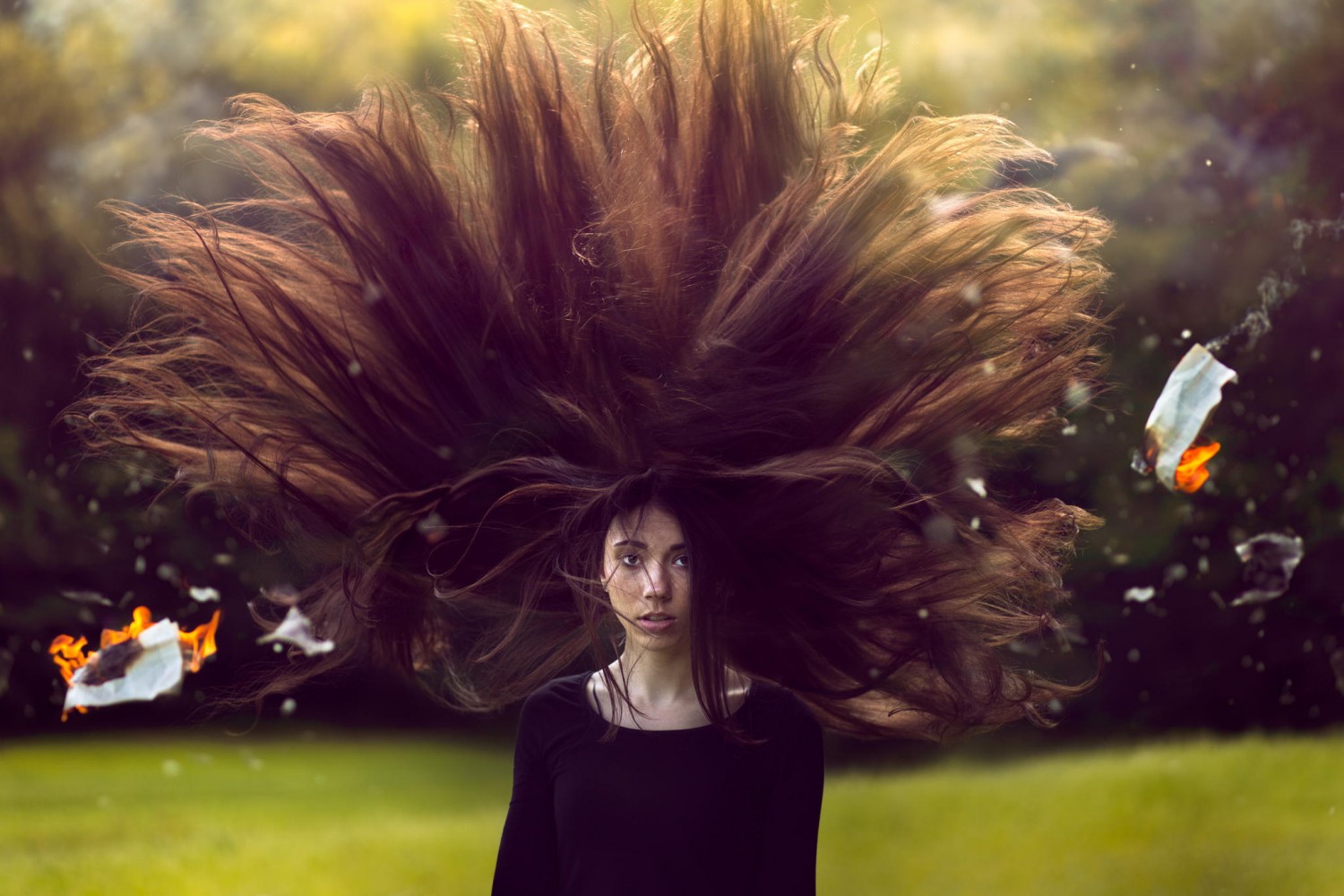

Leave a reply